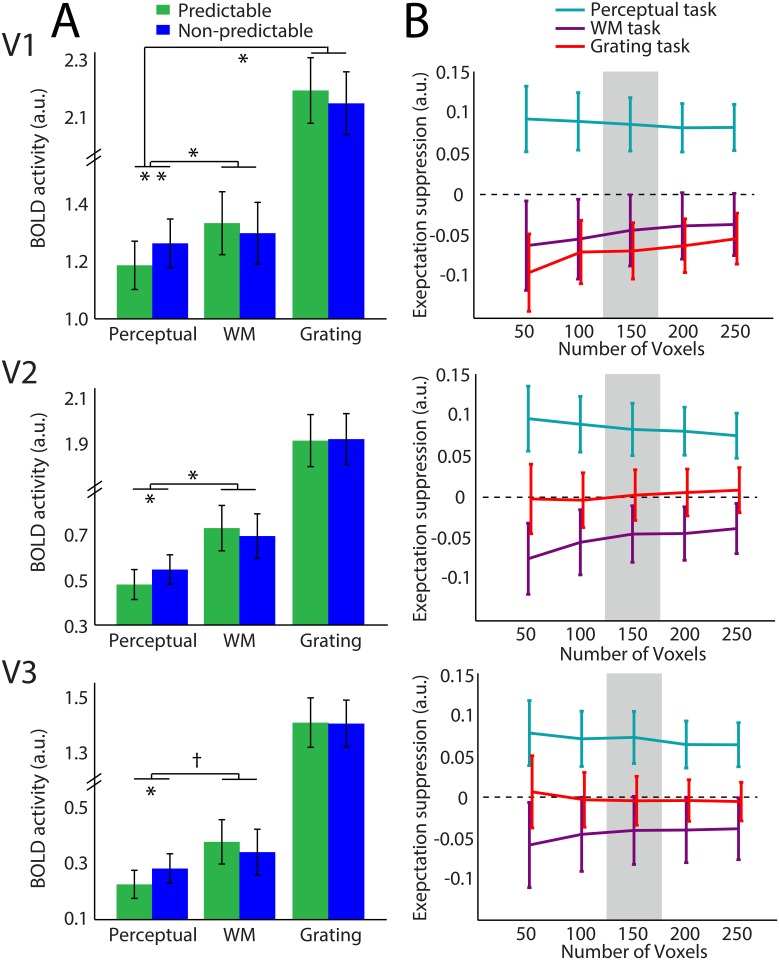Fig 2. Expectation suppression for unattended stimuli depends on task set.
(A) Amplitude of BOLD response (in arbitrary units; “a.u.”) within the 150 most grating-responsive voxels for predictable (green) and non-predictable (blue) stimuli, per visual area, per task. In each area, there was a reduced neural response to predictable stimuli within the perceptual task, but not during the working memory task or the grating task. Error bars reflect unbiased within-subjects corrected SEM [22, 23]. (B) Expectation effects per number of included voxels, defined as the neural response to non-predictable minus the response to predictable gratings. Positive values indicate a lower response to predictable than non-predictable gratings (expectation suppression). Values close to zero indicate that expectation does not have an effect. Error bars reflect SEM. Grey region indicates the number of voxels depicted in A. Significance reported (if any) on the basis of t-tests for effect ≠0. **p < .01; *p <05; Ɨ 0.1> p >.05

